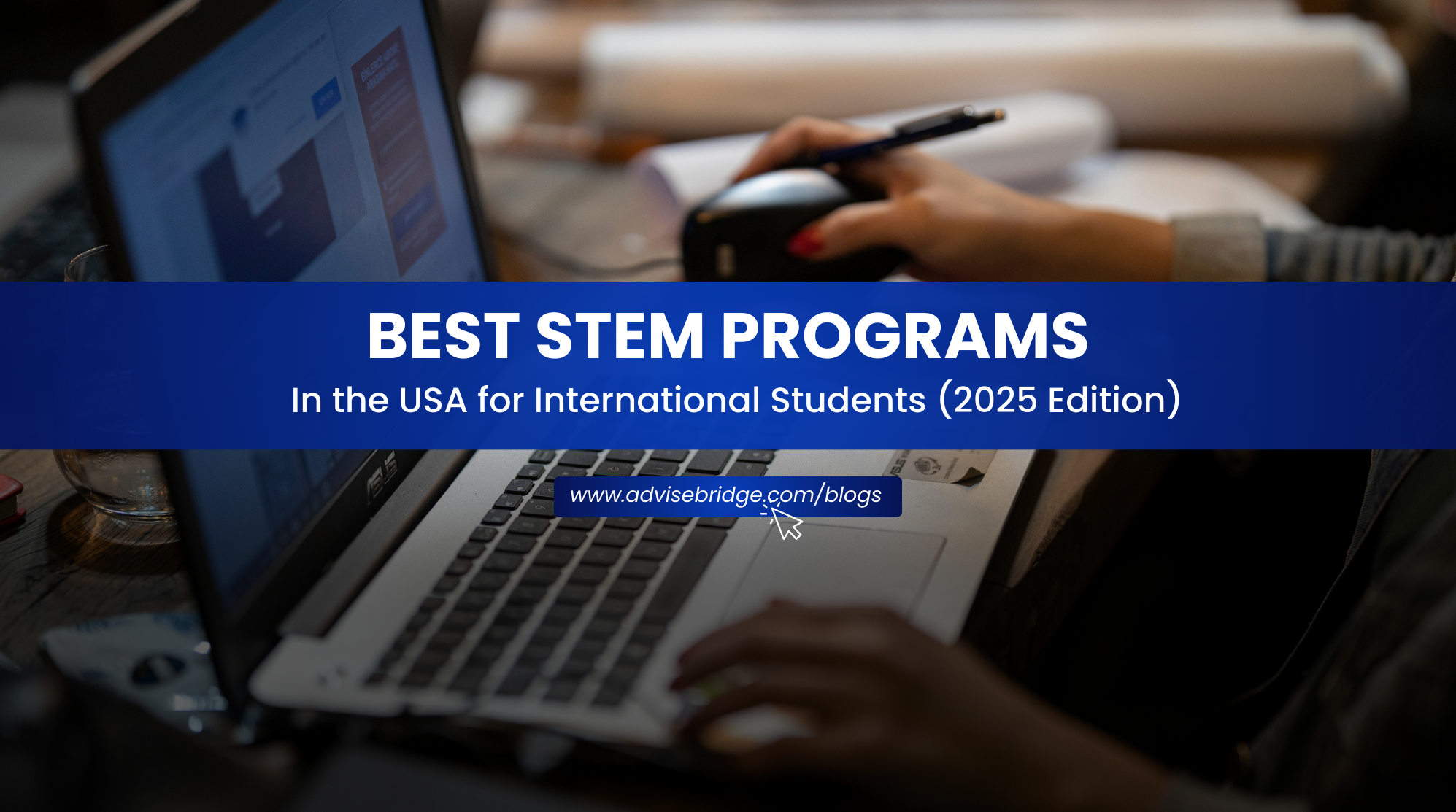When it comes to studying in the US, we always think about expensive living costs and fees. Though it is partially correct as Fees and Living costs at the Top Universities may reach up to $55,000-$60,000 per year. So, is it impossible to expand our dreams in the USA as a common international student?
Of Course Not! The USA is expensive but it becomes affordable when you start working part-time. An average pay per hour rate in the USA is $17-$25. Many students find themselves in the situation where they must have to work on a part-time basis to finance their studies as well as their living expenses.
But yet again, before getting excited, you must be aware about the US government and their rules. Breaking or violating work rules could jeopardize your student status and may lead to deportation too. So that’s why we have presented this blog to include all the information related to Working Hours for International Students in the USA. What kind of jobs can you do? What opportunities do you get with an F1 student VISA? Learn here.
Why Working Hours Matters For International Students in the USA?
To earn money obviously. However, for some students working hours matters because to gain experience. You can work part-time as an international student studying in the United States.. But remember that you have to follow some restrictions and rules applied according to the terms of the VISA you got to study abroad. Applicants in the US legally work a maximum of 20 hours in a week.
However, they are free to work around 40 hours a week during summer holidays or semester breaks. Remember, you are not allowed to work or take every type of job as a student. Some restricted work includes working at a motel, gas station and more.
Most of the students who mainly originate from Asian countries have the mindset of starting work as soon as they reach the USA. It is to fund their studies and expenses. Working time is therefore one of the main issues for candidates from abroad.
Now, let’s discuss the types of VISAs a student may get along with student work requirements.
F-1 VISA
Students who applied mainly for studies get the F-1 Visa. It is for full-time academic studies and also quite common international student Visa in the USA. The F-1 Visa holders are fairly eligible to study as well as work part-time in their campus or Curricular Practical Training (CPT). But the limitation of the F-1 Visa is it only allows you to work for 20 hours or less per week. Furthermore, F-1 students can also work on Optional Practical Training (OPT) for up to one year after they complete their study program with any complications.
J-1 VISA
J-1 Visa is another kind of student Visa issued to those students who want to obtain practical training. It is for a student who wants to gain practical experience abroad that is not possible in their native country. Moreover, students holding J-1 Visa can also work on a similar employment option as the F-1 Visa. However, a candidate must meet requirements as implemented by the US exchange visitor program.
M-1 VISA
An M-1 visa is intended for courses that are neither academic nor practical in nature. It must be given to students who are going to a non-academic or technical college in the United States. M-1 visa holding candidates are still prohibited to work in the Country while studying. Scholars therefore in the visa program should also show proof that they both have enough money to cover all education and accommodation costs for the duration of their projected stay.
Students need to be aware that F & M visas could be obtained up to 120 days before the programme begins. Any student, nonetheless, may not come to the United States more than 30 days before the commencement of a program.
You may be interested in How To Build Financial Plan for Colleges in USA?
Working in the US on F-1 VISA
F-1 VISA holding students who have completed at least one academic year of university or college may be eligible for career or 'Practical Training.' Commonly, there are two types of Practical Training, Curricular Practical Training (CPT) and Optional Practical Training (OPT) (OPT). To get practical learning experience, on-campus practice is widespread.
F-1 Students can work 20 hours a week whereas you are allowed to work up to 40 hours per week during school breaks and semester breaks. To understand it more clearly, On-campus employment is a type of work that allows you to work on campus, or any other places that are affiliated with the school/university.
Similarly, off-campus employment takes place outside of the school/university. Obtaining approval for F-1 applicants is a challenging procedure, but that is not impossibly difficult. It is available to people who've already finished at least 1 scholastic year of his/her program and therefore are experiencing financial difficulty. To get the approval you must meet the terms of the Department of Homeland Security's emergency conditions.







